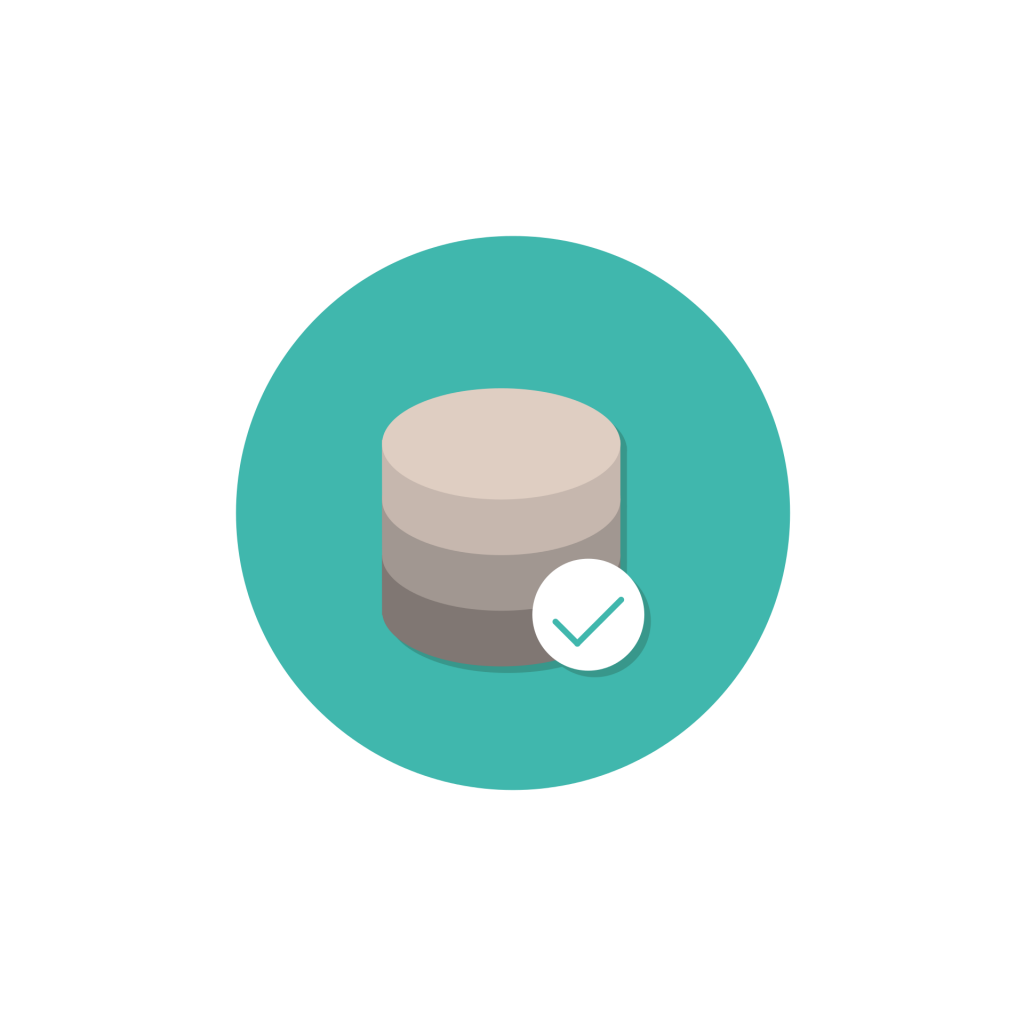
Any business these days has a veritable ton of data.
Whether it’s customer information, product documentation, or internal employee processes, the average company in today’s digital world has a significant need for being able to store and access enormous amounts of data.
With that much data, information organization is absolutely crucial. Otherwise, you won’t be able to access the right data when you need it. Thankfully, there are lots of systems available on the market for this exact purpose.
In this article, we’ll introduce to you the premier types of database management systems. Consider these to manage your company’s data needs.
Hierarchical Databases
The first type of database is known as the hierarchical database. As you can imagine, this database management system leverages parent-child relationships.
For instance, think about when you are storing customer-related information. Perhaps your business sells to large Fortune 500 companies. You could leverage a hierarchical database to store information about child companies as well.
Hierarchical databases can be manipulated and searched easily. However, their inflexibility in how they relate one record to another may be unattractive for some businesses.
Network Databases
A network database was created in order to establish links between multiple computers. The main differentiator of the network database is that each record can be associated with multiple other records.
A record in a hierarchical database can only have one parent record. Whereas, a network database could associate that same record with an unlimited number of other records.
Network databases are very popular because of this flexibility.
Relational Databases
The relational database management system is the most popular type of database management system. The way a relational database works is fairly intuitive. Each row in the database is an individual record.
Each column in that database then holds an attribute that is associated with that record. Parent-child relationships, record sizes, and all kinds of other attributes can be housed in these columns. This is similar to how you would store data in Excel.
Relational databases can be very easily manipulated with SQL. Here’s what you need to know about using SQL to query a relational database.
Object-Oriented Databases
The object-oriented database is perhaps the most code-heavy database. Manipulating an object-oriented database will require a significant amount of technical know-how.
However, the flip side of this is that an object-oriented database is extremely powerful and can reveal a lot of good information. If you’re looking to do a lot with your data, then this might be the right solution for you.
Which of These Types of Database Management Systems is Right for You?
There you have it! With this guide under your belt, you should have a fair idea of how to do data organization at your company. Which of these types of database management systems is right for your company’s data storage and organization’s needs?
For more technology advice, you’re in the right place! Be sure to take some time to check out the rest of the articles on the website!